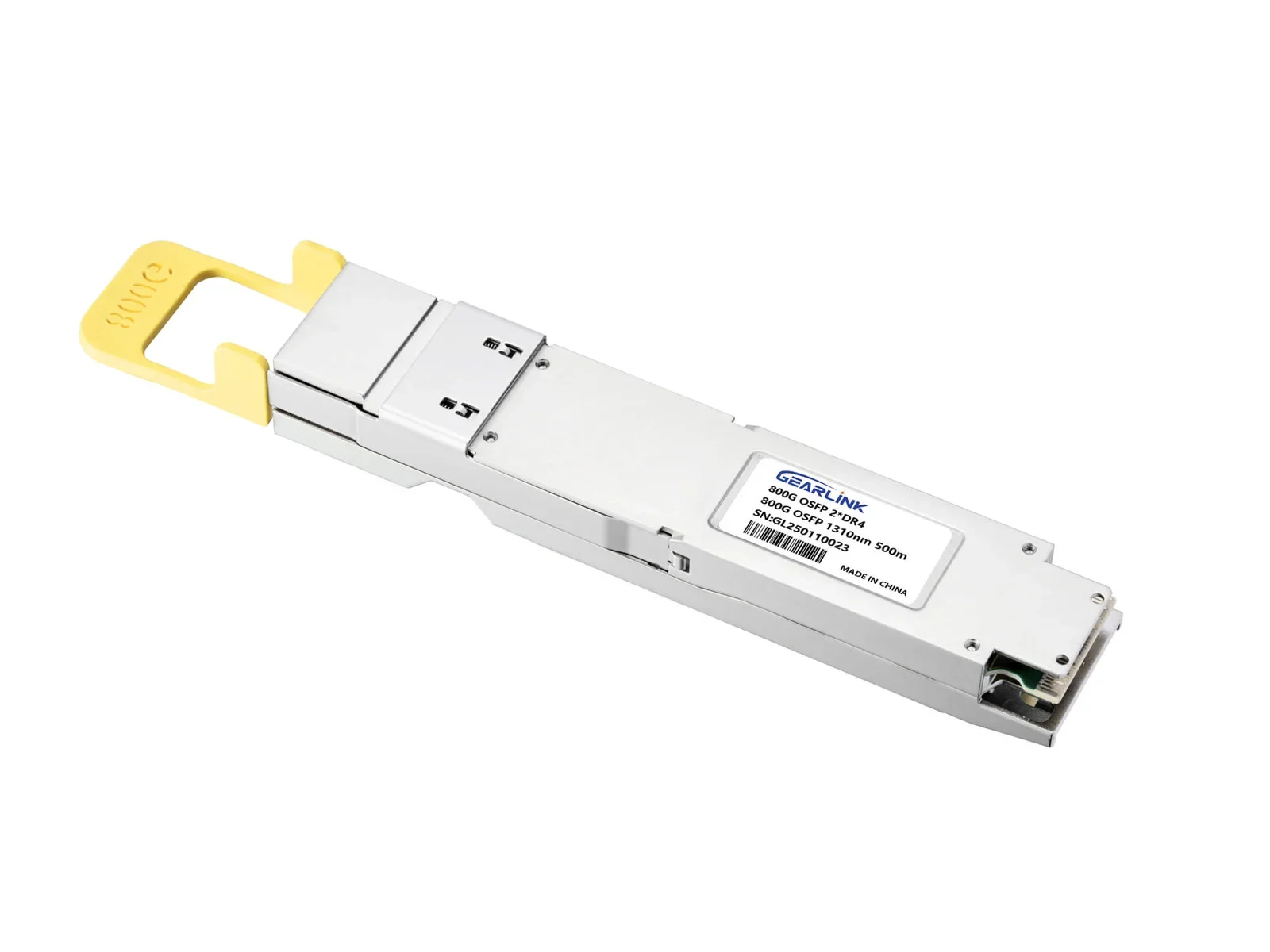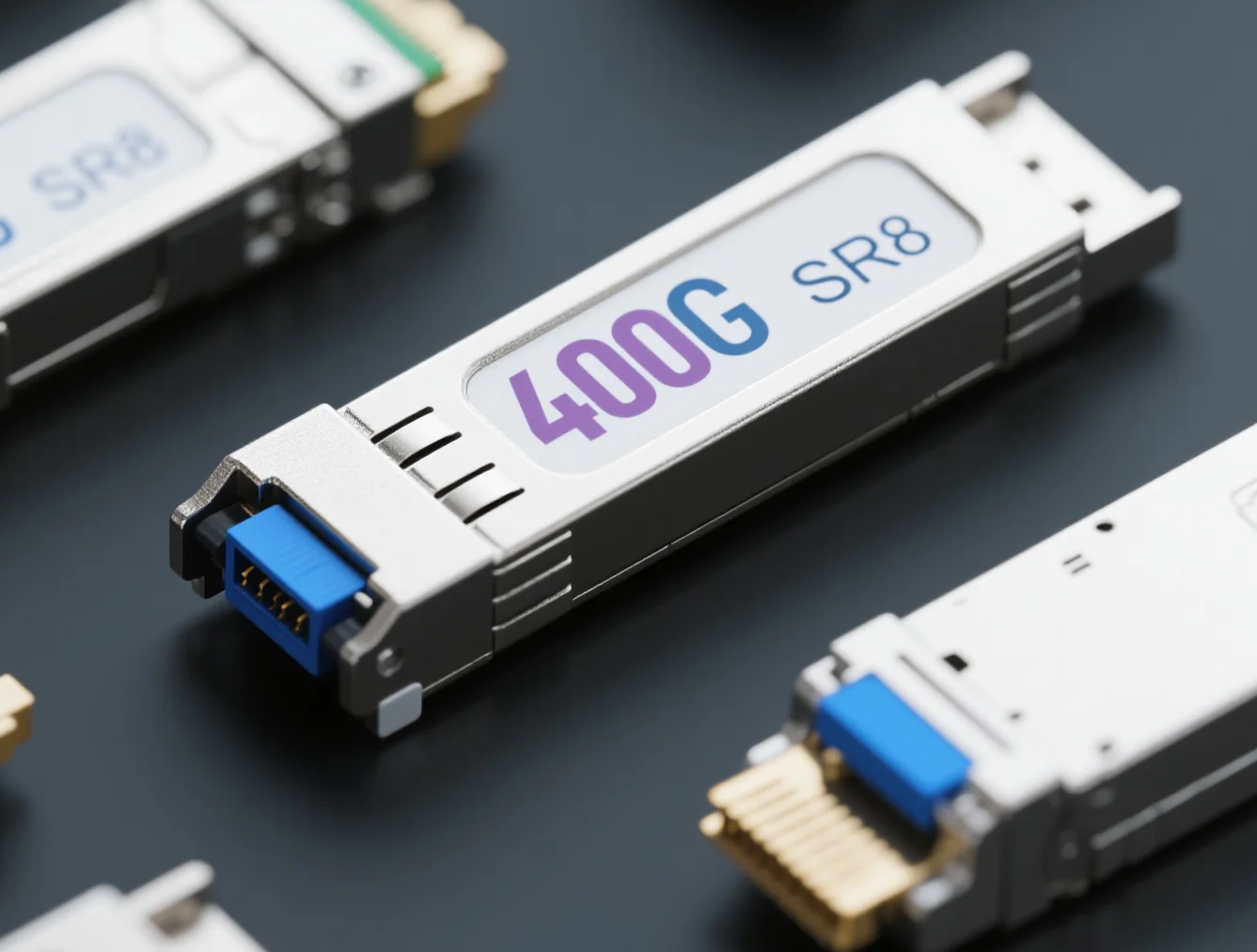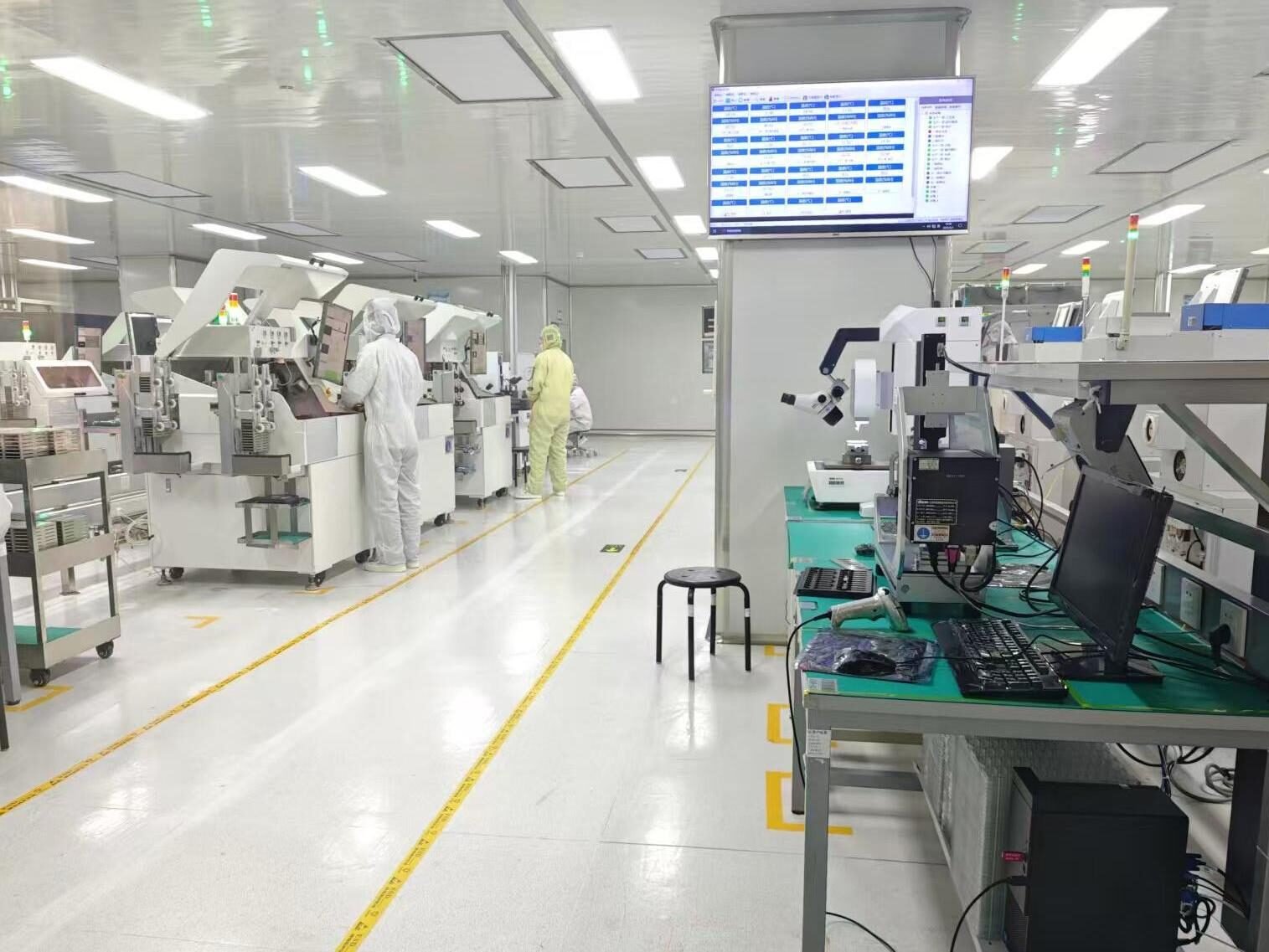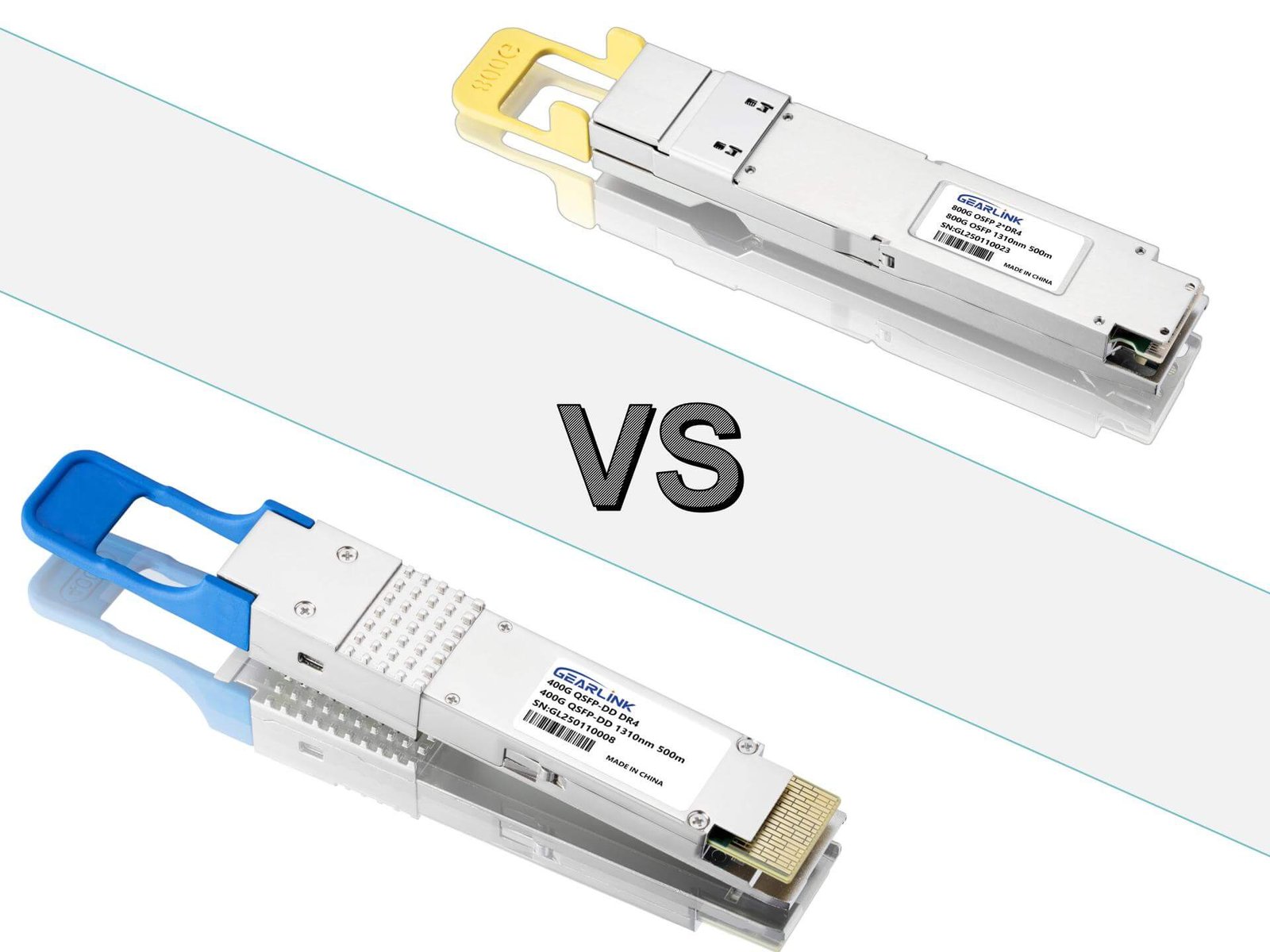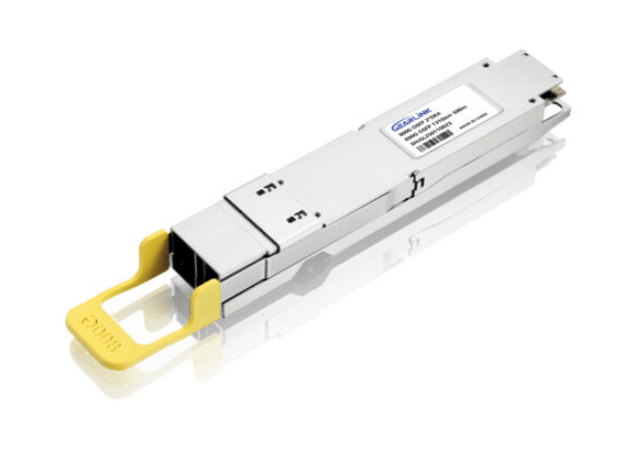The relentless growth of data, driven by AI, machine learning, and high-performance computing, has created an urgent demand for higher bandwidth in modern data centers. As network architects look beyond 400G, the 800G ecosystem has emerged as the next frontier, promising unprecedented speeds and efficiency. Within this evolving landscape, a variety of 800G optical transceivers have been developed to meet specific application requirements. While many standards exist, understanding the unique role of each is critical for making informed infrastructure decisions. In this comprehensive guide, we will delve into the nuances of 800G DR8 and compare it directly with other prominent 800G transceivers, providing you with the insights needed to navigate this complex technological domain and optimize your network architecture for the future.
The Rise of 800G: A New Era for Data Centers
The transition to 800G is not merely a step up in speed; it represents a fundamental shift in how data centers are built and operated. The sheer volume of traffic generated by compute-intensive workloads requires a new level of interconnectivity, one that traditional 400G and 100G links can no longer efficiently support. The move to 800G aims to future-proof networks by consolidating multiple lower-speed links into a single, high-capacity channel, which in turn simplifies cabling, reduces power consumption per bit, and lowers operational costs.
This bandwidth revolution is powered by advancements in signaling technology, particularly the shift to 100G and 200G per lane. Instead of relying on a single high-speed laser, these modern transceivers utilize multiple parallel lanes to achieve the aggregate 800G speed. This parallelization allows for greater efficiency and reliability, but it also creates different options for different use cases. Understanding these options, from different reach requirements to varying power budgets, is essential. This is where a clear understanding of the purpose-built 800G DR8 module becomes invaluable.
Decoding 800G DR8: Technology and Applications
The 800G DR8 optical transceiver is a specialized module designed for a very specific and critical application: short-reach, high-density intra-data center connections. The “DR” in its name stands for Data Center Reach, a clear indication of its intended use. This module is engineered to provide a cost-effective and power-efficient solution for links up to 500 meters over single-mode fiber (SMF). Its primary strength lies in its ability to deliver high performance without the complexity and expense of long-haul optics.
What Makes 800G DR8 Unique?
At its core, the 800G DR8 module achieves its 800 Gbps speed by utilizing eight parallel optical lanes, each operating at 100 Gbps. These lanes are transmitted over a single fiber ribbon cable, which simplifies the physical infrastructure compared to using multiple discrete fibers. This approach leverages proven 100G technology, allowing for a more straightforward and less expensive design than other 800G standards that rely on more complex signaling. The parallel nature of this design makes it a prime candidate for breakout applications, where a single 800G port can be broken out into two 400G DR4 or eight 100G DR1 links to connect to servers, switches, or other devices. This flexibility is a key selling point for data center architects seeking to create dense, scalable networks.
Furthermore, the design of the 800G DR8 module is optimized for low power consumption. By operating over a relatively short distance, it does not require the powerful lasers or complex cooling systems found in long-reach transceivers. This power efficiency is a significant factor in large-scale data center operations, as it directly impacts cooling costs and overall energy footprint. For spine-and-leaf architectures, where short-to-medium-distance connections between switches are the norm, this module represents a perfect fit, offering a compelling balance of performance and operational efficiency.
Ideal Use Cases for 800G DR8
The main application for the 800G DR8 module is within the data center itself, connecting different layers of the network fabric. Its 500-meter reach makes it ideal for:
Intra-rack and Inter-rack Connections: Linking switches within the same rack or adjacent racks in a cluster.
Spine-to-Leaf Architecture: Connecting leaf switches to spine switches within a single data center campus. The low-latency and high-bandwidth capabilities are crucial for supporting a flat, non-blocking network.
Data Center Interconnect (DCI): For short-distance links between buildings on a single campus, where the distance does not exceed the module’s 500-meter reach.
This module shines in scenarios where high port density and short-distance, high-bandwidth links are the priority. Its ability to support breakout configurations further enhances its value, enabling network operators to connect a mix of 800G, 400G, and 100G devices from a single port, providing a cost-effective path for network upgrades.
A Closer Look: 800G DR8 vs. Other 800G transceivers
While the 800G DR8 standard is perfectly suited for its intended purpose, other 800G modules exist to serve different needs. The primary differentiators are reach, technology, and cost. Let’s compare it to its main counterparts to understand the trade-offs involved in network design.
800G DR8 vs. 800G FR8: A Tale of Two Technologies
The evolution of high-speed data center networks has brought 800G optical transceivers to the forefront, with DR8 and FR8 emerging as two critical options. 800G DR8 is designed for short-reach, high-density intra-data center connections, leveraging eight parallel 100G lanes over single-mode fiber to deliver cost-effective, power-efficient performance up to 500 meters. Its design excels in breakout scenarios, allowing a single 800G port to connect to multiple 400G or 100G devices, making it ideal for spine-and-leaf architectures and high-port-density environments. On the other hand, 800G FR8 targets longer-reach applications, typically extending several kilometers within campus networks. Utilizing four 200G lanes and wavelength division multiplexing (WDM), FR8 achieves greater fiber efficiency while handling moderate distances without signal degradation. The choice between DR8 and FR8 depends on network requirements, including reach, power budget, fiber availability, and cost considerations. While DR8 offers simplicity, lower power consumption, and flexibility for short links, FR8 provides extended reach and more efficient fiber utilization for medium-distance interconnects. Understanding the strengths and limitations of each standard is essential for data center architects seeking to optimize performance, reduce total cost of ownership, and future-proof their infrastructure. Selecting the right module ensures high-speed, reliable, and scalable connectivity tailored to specific deployment scenarios.
800G DR8 vs. 800G LR8: The Long and Short of It
When comparing the 800G DR8 module to the 800G LR8 module, the distinction is even more pronounced. The “LR” in LR8 stands for Long Reach, and this module is designed for distances up to 10 kilometers. This makes it suitable for metropolitan-area networks (MANs) and long-distance data center interconnects (DCI) that span city-to-city or campus-to-campus.
Technologically, the LR8 module is significantly more complex and expensive. It typically relies on technologies that enable long-distance transmission, often involving coherent optics or more sophisticated WDM schemes and amplifiers. It is a solution designed for an entirely different application space. An LR8 module would be an anachronism in a short-reach, intra-data center environment where the distance is only a few hundred meters. Its higher cost, larger size, and greater power consumption make it impractical for the dense, short-range connections that the 800G DR8 module was specifically created to handle. For a data center, the decision is not so much a trade-off as it is a matter of selecting the right tool for the job.
Making the Right Choice: Key Factors to Consider
When selecting an 800G optical transceiver, there is no single best option. The ideal module depends entirely on your specific network requirements. Here are the most critical factors to consider:
Reach and Distance: This is the most important factor. If your links are under 500 meters, the 800G DR8 module is often the most sensible and cost-effective choice. For links between 500 meters and 2 kilometers, the 800G FR4 standard becomes a strong contender. For anything longer, the 800G LR8 module is the only viable option.
Cost and Total Cost of Ownership (TCO): The initial purchase price of the module is just one part of the equation. You must also factor in power consumption and cooling costs over the lifespan of the equipment. Because of its simpler design, the 800G DR8 module generally offers a lower TCO for short-reach applications.
Fiber Infrastructure: Do you have ample fiber, or is it a scarce resource? If you are building a new data center and have parallel fiber runs, the eight-lane design of the DR8 standard is perfectly acceptable. If you are retrofitting an existing network with limited duplex fiber pairs, an FR4 module may be a better choice.
Breakout Capability: If your network design requires connecting 800G switches to lower-speed devices, the breakout capability of the 800G DR8 module can be a major advantage, providing exceptional flexibility and reducing the number of different transceiver types you need to manage.
Conclusion
As data centers continue to evolve, the demand for high-speed, efficient interconnectivity will only increase. While a range of 800G optical transceivers are available to meet various needs, the 800G DR8 module has carved out a distinct and critical role for itself. By offering a purpose-built solution for short-reach, high-density environments, it provides an optimal balance of performance, power efficiency, and cost. It is not designed to replace long-haul modules but rather to excel in its specific domain, providing a powerful and scalable foundation for next-generation data center architectures. For network architects and engineers, understanding when and why to deploy the 800G DR8 standard is crucial for building a high-performing, cost-effective, and sustainable network.
FAQs
Q1: What is the main difference between 800G DR8 and 800G DR4?
The primary difference lies in the number of lanes. The 800G DR8 module uses eight parallel 100G lanes to achieve 800G, while the 800G DR4 module uses four parallel 200G lanes. This makes the DR8 standard ideal for breakout into eight 100G links, while the DR4 is better suited for breakouts into four 200G links.
Q2: Can 800G DR8 transceivers be used for distances over 500 meters?
No, the 800G DR8 module is specifically designed for distances up to 500 meters. Exceeding this distance would result in significant signal degradation and unreliable performance. For longer distances, an 800G FR4 or 800G LR8 module would be required.
Q3: Is 800G DR8 compatible with 400G modules?
Yes, one of the key advantages of the 800G DR8 module is its breakout capability. A single 800G DR8 port can be broken out into two 400G DR4 ports or eight 100G DR1 ports using a breakout cable, allowing for seamless connectivity with devices running on lower speeds.
